
The Quick Question series answers your MTB repair questions. Do you have a quick question about mountain bike repair? 🤔 Email [email protected] and we’ll do our best to answer it!
“Awww, shucks. The chain is jammed between my cassette and the spokes. What should I do?”
Chains can pop off the cassette for a variety of reasons. On new bikes or fresh derailleurs the limit screws might be adjusted too far out, allowing the derailleur to shift past the last cog and throw the chain. If your chain exits the cassette on a bike that has otherwise been working properly, there’s a good chance the derailleur or hanger is bent. A bent hanger or derailleur cage most often results from a crash or rock strike, bending the metal toward the wheel and tossing the chain between the spokes and cassette. Alternatively, a stick can dislodge the chain. leaving the rest of the drivetrain functioning perfectly.
Regardless of the cause, freeing your chain from its stuck position requires patience and care. It’s a tricky balance to keep from bending the links or damaging the spokes more than they already are while pulling with enough force to free it. If you put in a hard pedal stroke just before the chain fully stops this process may be more difficult, as your legs can dig the chain quite deep into the spokes.
The first step is to determine how stuck your chain is. If it’s only off-track above the derailleur it should be fairly simple to free. If it’s off the cassette all of the way around, adding tension to the derailleur, tack five to ten minutes onto the fix.

Relieving tension on the chain by rotating the derailleur cage forward can help. From there, you’ll want to pull directly upward on the chain to prevent further twisting and bending. If you don’t have a chain guide up front, taking the chain completely off the chainring will relieve all of the pressure from the system and make the whole process easier.

Sometimes a stick can help to hold the portion of chain that isn’t stuck while you pull on the rest of it from the top, like using two tire levers for extra tight tire beads. At this point you’ll either thank or curse yourself for the cleanliness of your drivetrain.
Our Chief Editor, Jeff Barber, has a few tips that have worked well in the past. “Try applying inward pressure on the spokes where the chain is stuck to create a little more space. You need to be careful not to bend or break any spokes. Another thing I’ve found super handy on the trail is a set of needle-nose pliers. A friend carries pliers in his pack, and a stuck chain behind the cassette is pretty much the #1 reason people borrow them from him.”
If you pull and pry and the chain won’t release you may need to open it at the quick-link, or use a chain-breaker tool to separate it so you can apply pressure more directly. In the worst case scenario you might have to break the chain in two spots — at the point where the chain goes behind the cassette, and where it exits — and use the shortened section of chain and derailleur to create a single speed. If there isn’t enough chain to wrap a cog and the chainring in single-speed mode, foot-pushing home is better than carrying your bike. All of these more invasive measures will require a chain tool, so make sure your multi-tool includes one.

A properly aligned and adjusted derailleur will prevent most chain dropping issues at the cassette, but crashes and sticks happen, and newer riders need to know what to do when their chain jumps the tracks. Please share your experience with stuck chains in the comments below.












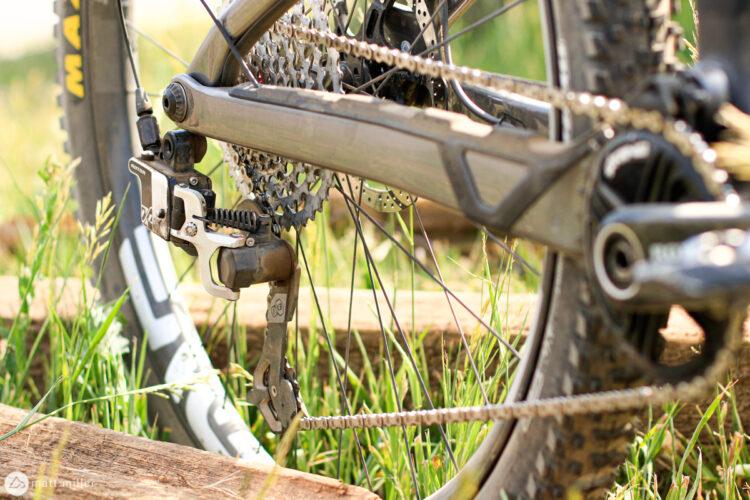
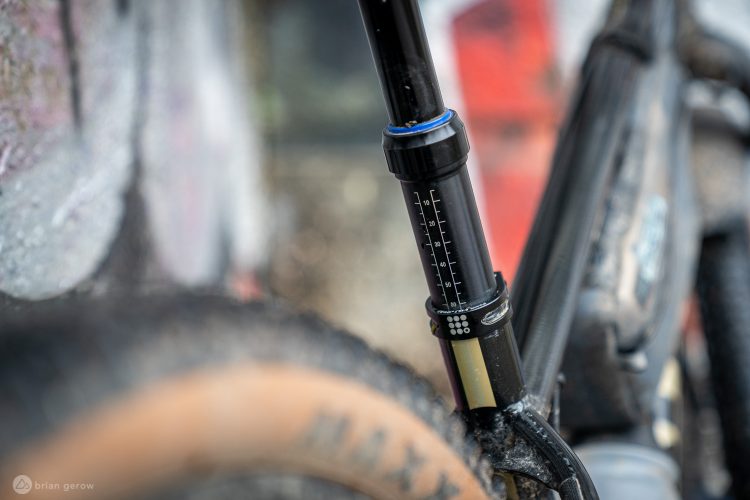
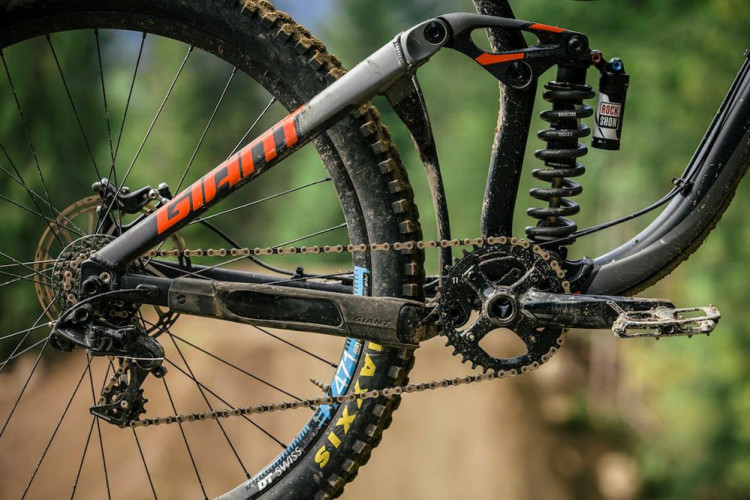

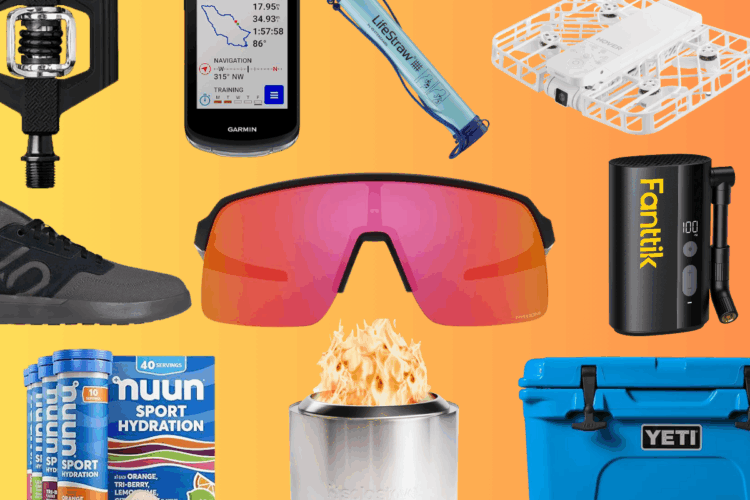
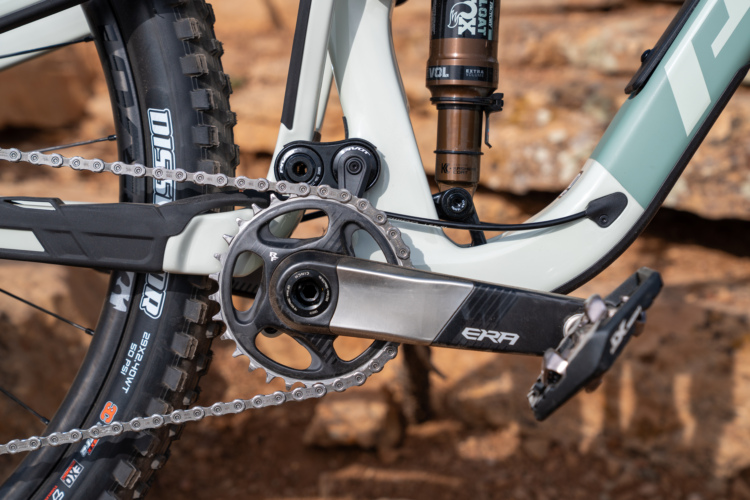
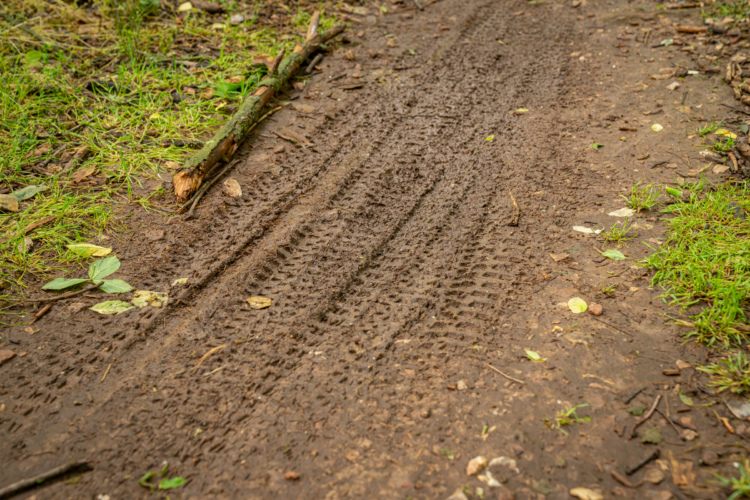
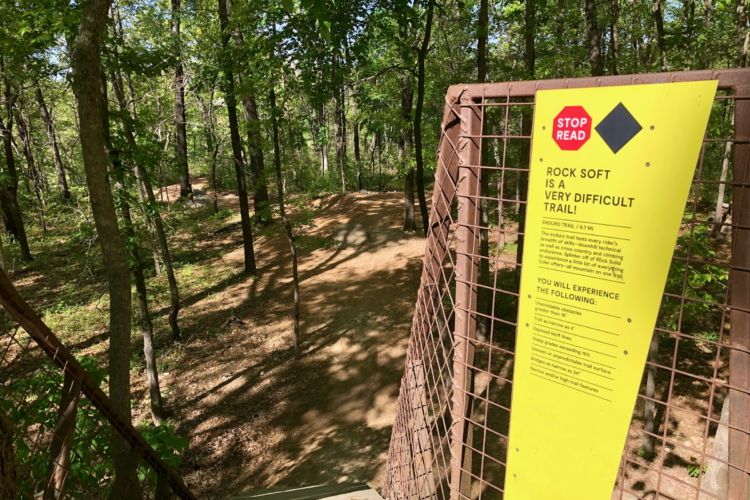

6 Comments
Jan 7, 2021
That saved me once when I broke a spoke and it got wrapped behind the cassette and wouldn't allow it to freewheel (I couldn't see myself riding a fixie all the way back to the car).
Jan 7, 2021
You can usually hear and/or feel it when the chain starts to skip off the top of the cassette and when I do, I ease off the power and stop pedaling immediately. This way the chain doesn't get wrapped as far around, or wedged too far down in the case of a really hard pedal stroke.
Once I get the chain unstuck, I try to remember to avoid the highest gear for the rest of the ride because chances are it will happen again if I'm unable to address the root problem there on the trail.
Feb 18, 2021
The stick in lieu of a finger or three, tools are great!
Been there, done it many times over the last 5 decades. Now I am a fan of short cage RD's and have no real interest in wide range that many are using. I get the interest in wide range combined with 1X. Singlespeeding reduces that need cause "Singlespeed makes you strong fast", as a very close friend would word it.
Jan 7, 2021
i guess ideally a closed cell foam ring should be placed between the spokes and cassette.
maybe those plastic spoke guards we used to get as standard are cooler than you thought though huh.
Dec 10, 2021
Jan 7, 2021